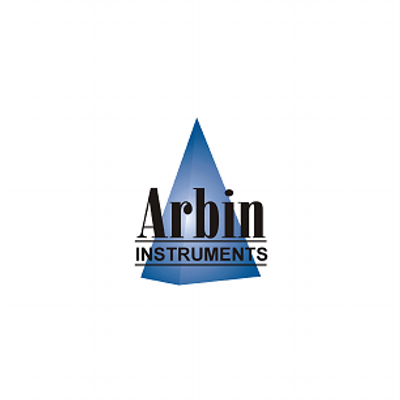Arbin Instruments explains on its website how solid state battery technology powers electric vehicles. Read below.
Using a reference electrode, or RE, is critical in the research of battery materials. It allows researchers to measure and differentiate the contribution of each component in the cell to the cell’s overall performance, providing a clearer picture of the cell.
To find which electrode, either the anode or cathode, limits the cell performance during long-term testing, three-electrode experiments are particularly useful, preventing wasted time and resources blindly testing one electrode or the other under various conditions to find a meaningful result.
To that end, coincells are the more common format for early materials development. Faster development can be achieved by decoupling test results between positive and negative electrodes, since each can be evaluated simultaneously in the context of the full cell.
Arbin’s 3-Electrode Coincell Test Solution
Arbin has developed its MSTAT with 3-Electrode Package to make this critical process as easy as possible. The MSTAT features 4-64 channels, a -5 to 5V range, a 5A max current, and optional EIS and multi-chamber functionality.
Each channel is an independent potentiostat/galvanostat, giving you full control of test profiles and data logging. In this way, Arbin’s solution delivers unmatched flexibility and agility.
In addition, the MSTAT features holders that plug directly into the unit, an overall compact and easy-to-use design, cells that include case, cap and gasket, SS316 stainless steel construction, and optional nickel coating.
The Arbin complete three-electrode test solution includes the MSTAT, patented thee-electrode kits, the MZTC Multi-Chamber and integrated EIS.
Primary applications for Arbin’s solution include life-cycle testing, dQ/dV and Coulombic Efficiency measurements, PITT/GITT, symmetric-cell testing, cyclic and linear sweep voltammetry, chronoamperometry, and more.
Offering higher resolution, improved software algorithms, new methods of temperature management, a patented shunt design, new time-keeping methods and improved materials, Arbin’s solutions offer precision that’s critical for long-term battery testing and projections.
Arbin’s Solution Delivers Results
By leveraging Arbin’s complete three-electrode testing solution, you can get clear, accurate and efficient results. Utilizing the aforementioned decoupling of test results for anode and cathode, you can immediately reveal which one is the limiting factor in your cell, delivering an actionable insight you can use to move forward.
In short, Arbin’s 3-Electrode Coincell Kits and Holders are a major time-saver for material development, combining performance and functionality you can count on with speed that leads to more optimal results.
Full article HERE

